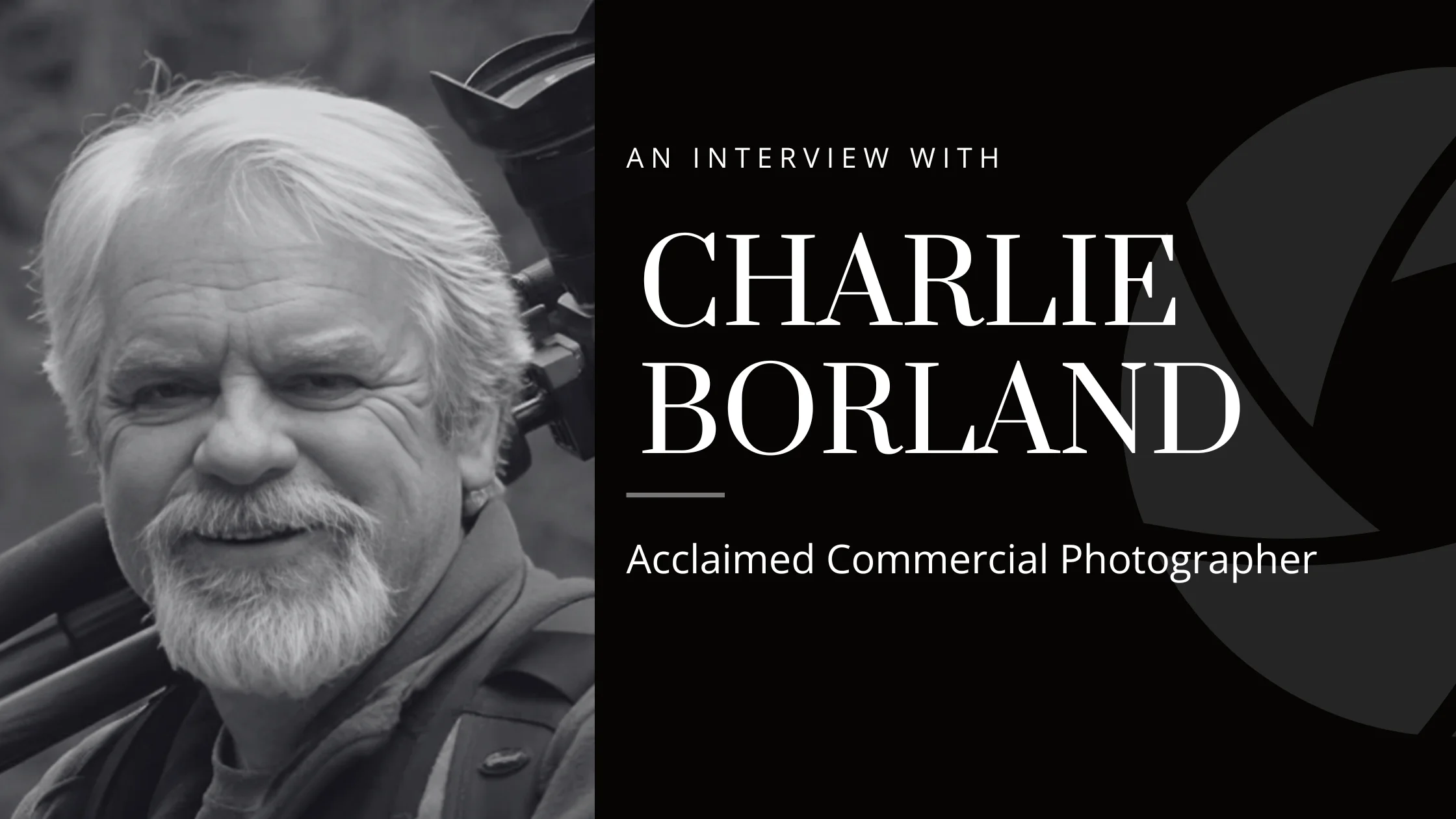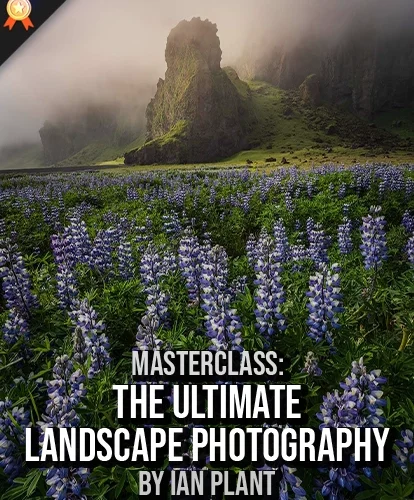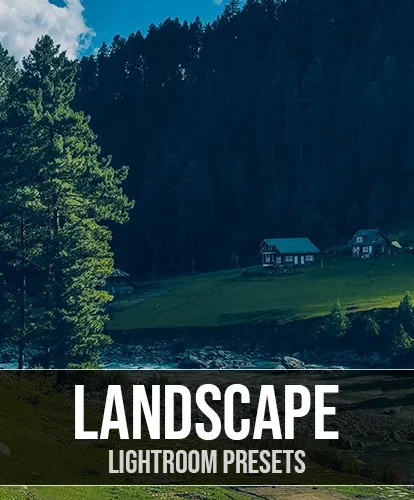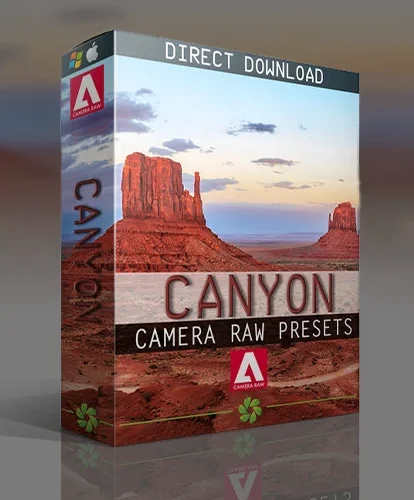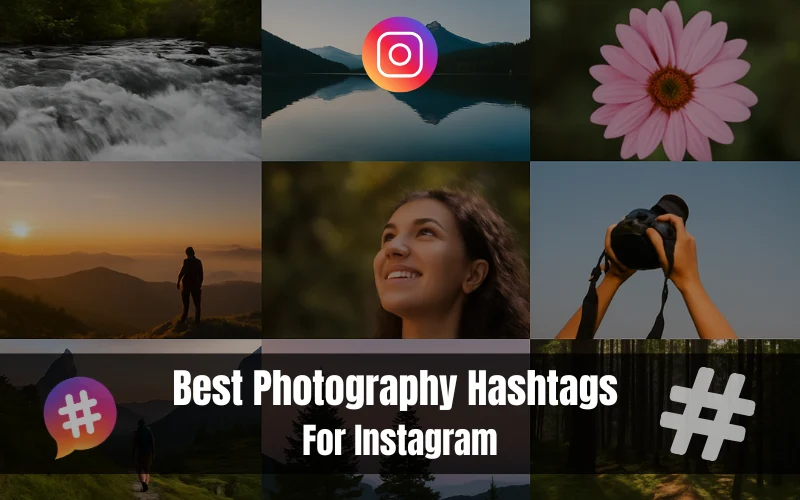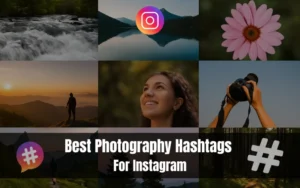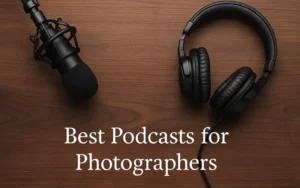Charlie Borland isn’t just a photographer—he’s a storyteller, an educator, and a lifelong learner. With decades behind the lens and countless stories captured in a single frame, Charlie’s journey is a masterclass in turning passion into a profession.
In this interview, we learn a little more about Charlie as he sheds light on his photography journey and finds out how he got started and what makes him a memorable and famous professional photographer!
Q. Your portfolio showcases a wide range of subjects, from landscapes to architecture. How do you approach photographing such diverse subjects?
Answer. One thing I did, and I am so thankful I did, was attend Brooks Institute. Sadly, they closed a few years ago but I enrolled in the Commercial Photography program which included Industrial Photography, Portrait, Product, Advertising, and we could choose our electives, and I chose landscape and nature and multi-media. That diversity in training served me well in the business of photography for over 40 years.
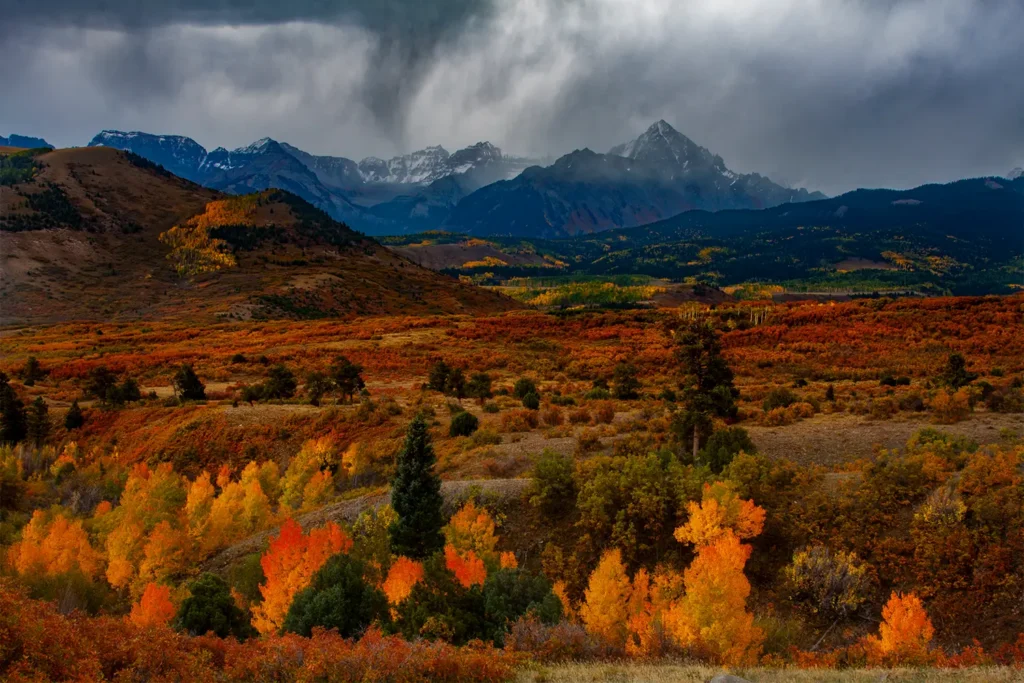
Q. Do you have a personal favorite genre of photography?
Answer. When I was a little kid, we lived in the Canadian wilderness, and I have no doubt that that’s where my love for the wilds was formed. As an amateur photographer, photographing nature was all I did. After Brooks Institute, I set out to be a freelance nature photographer, primarily of National Parks. But after one year I realized that I needed a job to continue.
Success in landscapes and nature photography requires a massive library of images and that takes years and money to travel and photograph. Especially if you want to specialize in nature photography. So, I did land a couple in-house commercial photography jobs and did that for a few years before going freelance and then I could shoot as I please.
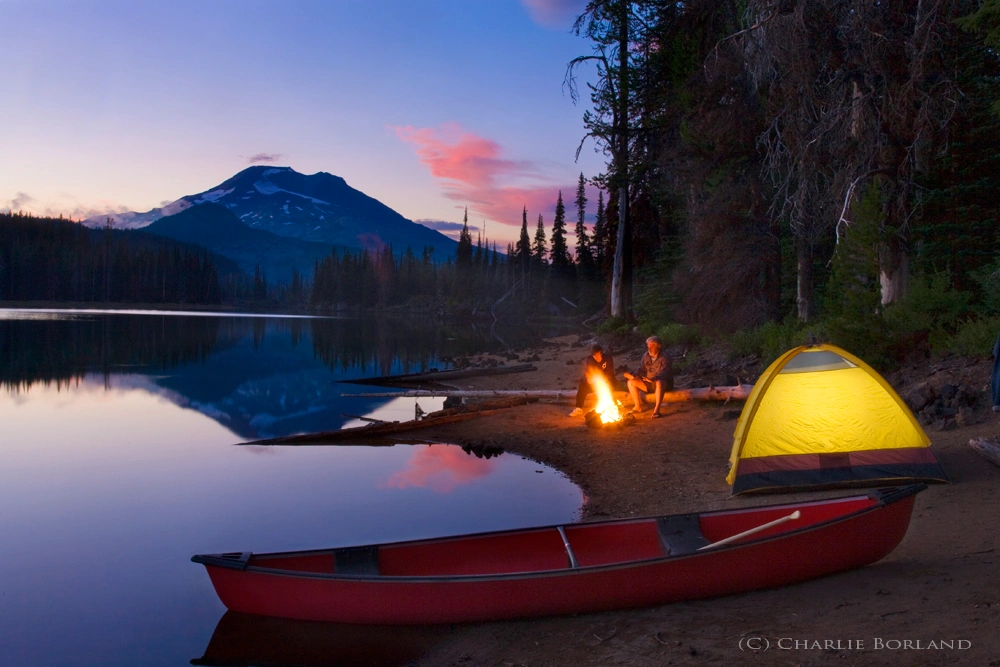
Q. With over 40 years in the industry now, What first sparked your love for photography?
Answer. I started when my best friend got a camera for Christmas, and we would go photograph for fun. But it was his camera, and I did not get to take many pics, so I bought my own and within a year I was taking classes and workshops.
Q. What does a typical day in your life look like when you’re not on a shoot?
Answer. This is a good question and the answer surprises many, but I am running a business. A business based on photography. That means you need sales and to get those you need to market your business to clients. Then, you need to be an awesome salesperson to earn their business. I think many veteran photographers would agree that it might be like 90% running your business and 10% shooting.
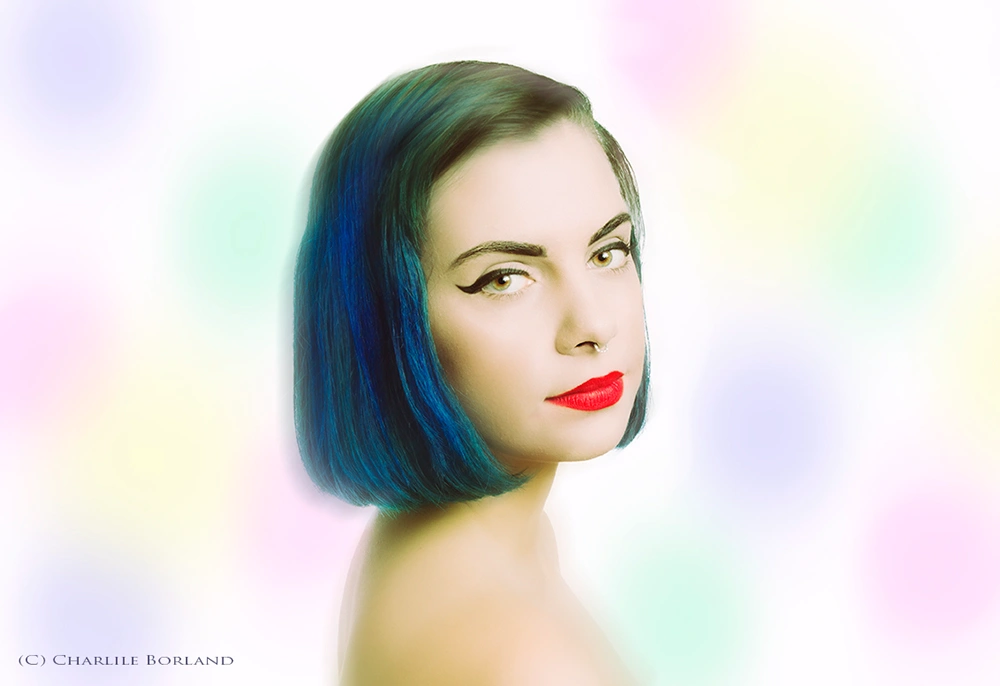
Q. With the rapid advancements in photography technology, how do you stay updated?
Answer. It can get overwhelming sometimes. I will admit that I am not what some call a ‘gearhead’ in that I don’t buy the latest and greatest cameras or lenses. I shoot with canon and still use a 6D and 70D and the reason is that I get what the client wants when on assignment. And there is plenty of resolution with those cameras for print images. Photoshop and Lightroom are improving at lightning speed and sometimes that gets a bit overwhelming trying to keep up.
Q. What’s a hobby or interest you have outside of photography?
Answer. Photography is my life! What else is more fun than that? Lol. Seriously, I have always been quite active outdoors so everything from hiking to rafting and skiing is what I would do for fun. But I would be lying if I said I did not take a camera when outdoors.

Q. Has photography changed the way you see the world or people?
Answer. Oh I think so. To succeed as a professional, you get paid for being innovative, seeing and capturing what the client doesn’t see. Or for the photojournalist, seeing what the world does not see. I look for things that others don’t see and that is where your success comes from.
Q. You’ve conducted workshops and lectures at events like the Telluride Photo Festival and Gulf Photo Plus in Dubai. What motivated you to start teaching, and how has educating others influenced your own photography?
Answer. I had a very busy professional career and after a few decades I realized that I had gained a lot experience in a lot of areas and began to consider teaching workshops. Then my dear friend Bryan Peterson called and told me he was starting an online photo school and wanted me to teach.
We got that started and it was going great and then Bryan added a photo summit, and we would lecture and teach. That allowed us to meet our online students in person and they would ask if we were doing workshops and off I went into that.
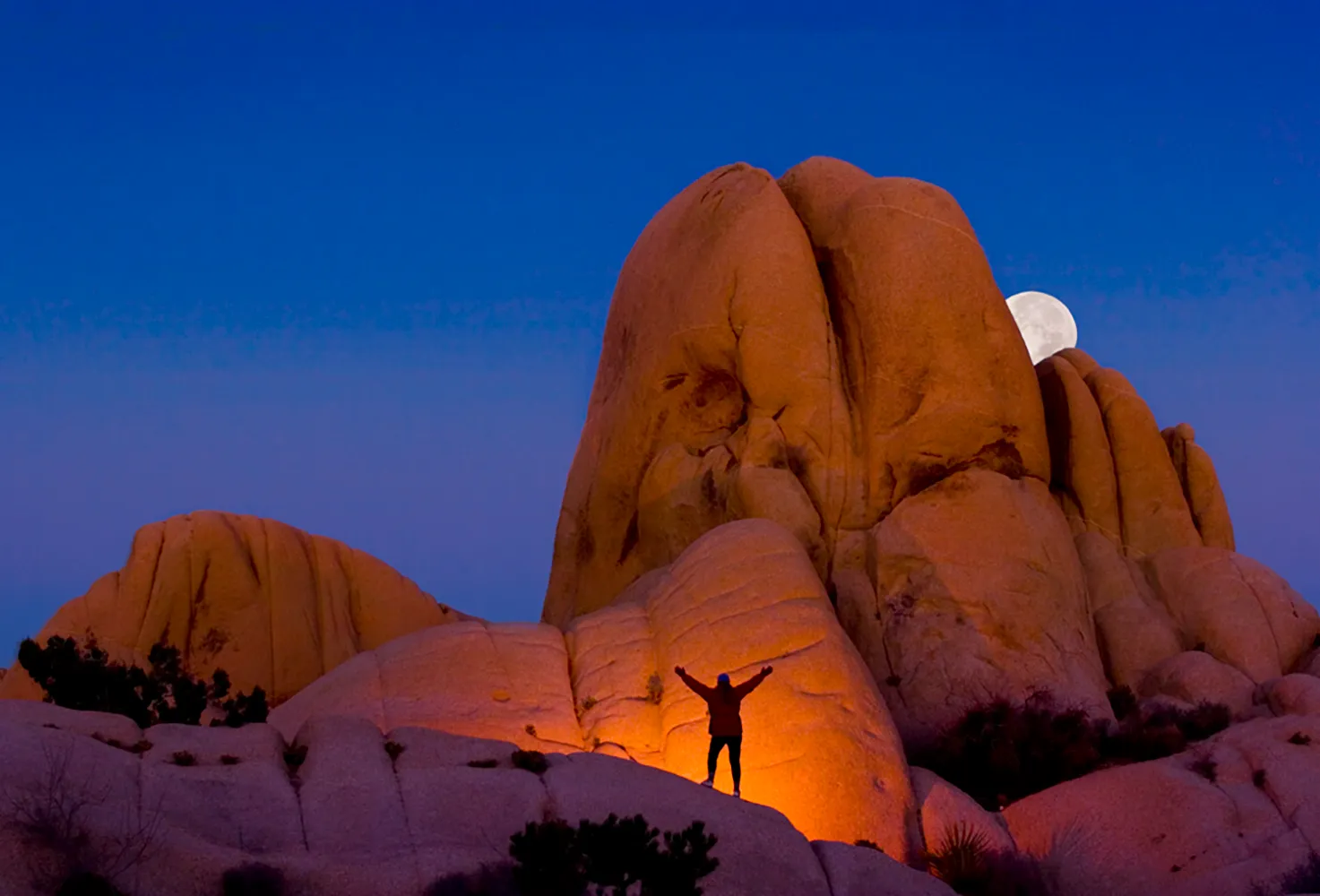
Q. What is someone about you that people don’t know and would be surprised to know?
Answer. When I was young, I wanted to be a fisheries biologist, until I bought that camera.
Q. What key elements do you believe every successful commercial photographer needs in their portfolio?
Answer. 10 stunning photos from 10 photoshoots showing diversity but also vision. I see this all the time on photographer websites. A photographer may choose to be a wedding and portrait photographer but have included a portfolio on their website titled Commercial. In that portfolio there are 6 photos of the same subject like a guy working in a car.
This is often a mistake because it really shows a lack of experience. If you want to do commercial work. include 10 uniquely different subjects. A jewelry photo, an executive portrait in a manufacturing plant, an architecture photo, a logger in a forest, a food shot, and similar. And these images need to be as high quality as your nearby competitors.
If you include a portrait category, try to also have 10 uniquely different portraits with different people in each photo and utilize different techniques like B&W, and alternative look or technique, and color. I will mention that my portrait portfolio does have the same model in a few pictures and specifically due to different techniques. The goal in a portfolio is to stand out from the crowded field.

Q. If you had to describe your photography style in three words, what would they be and why?
Answer. I like variety.
Q. What are your thoughts on the future of photography?
Answer. Photography will always be there, but it changes every day. One thing I am thoroughly convinced has kept me in business for so long, is I strive to be qualified in many subjects. I could shoot products, I could shoot industrial, architecture, people, and adventures.
Today, I believe video is as important to survival as stills. And finding markets willing to spend money will get tougher. One of my bread-and-butter niches was staff portraits for various companies. Today there is an app where you can snap a picture of anybody, anywhere and it will replace the background to your choice, put the person in a suit if needed, adjust their pose, and add studio quality lighting. All in an app! How can a studio photographer compete with that? Instead, find your niche and then create your own assignments. Got an idea? Find a client who will pay you for it.

Q. What advice would you offer to photographers who are just starting out and aspire to build a successful career in commercial photography?
Answer. After finding your niche or interest determine who the buyers are within that market. Create a brilliant portfolio and market like the earth ends tomorrow. You want to be known as ‘the person who specializes in that subject.’
I have watched many brilliant photographers blast onto the market and achieve incredible success quickly. The biggest reason is they did not do what everybody does. They were unique in subject and style. One photographer I first heard of decades ago was Clark Little. A Hawaii based photographer who specializes in ocean waves and more and the work is brilliant.
Q. Are there any current or upcoming projects you are excited to share?
Answer. None at the moment.
Q. Lastly, What legacy do you hope to leave through your photography?
Answer. More than anything, being known for inspiring others and an effective teacher.
It was an absolute delight to be able to take a deeper look into the life of Charlie Borland, from all the experiences he gathered through his journey in photography, will truly inspire many more aspiring photographers!
Find out more information on Charlie Borland’s photography tutorials & insights here!
